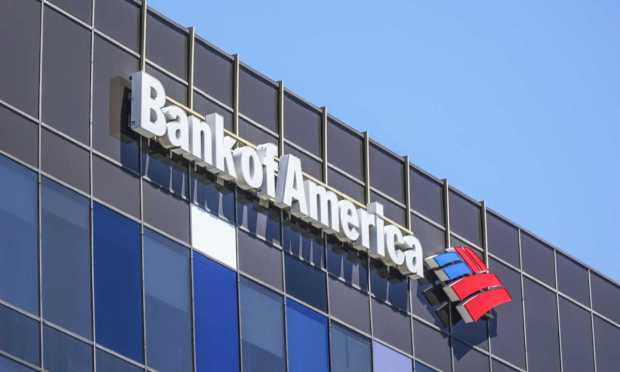Bank of America’s Erica Use More Than Triples Since 2020

Despite last month’s turmoil in the banking sector, Wall Street can finally exhale.
This, as Bank of America (BofA) CEO Brian Moynihan told investors on the financial giant’s first-quarter 2023 earnings call Tuesday (April 18) that, “every business segment performed well as we grew client relationships and accounts organically and at a strong pace.”
Discussing the company’s strong performance in the face of macro headwinds, bank leaders repeatedly referenced the ongoing integration of digital tools and solutions — across both the enterprise back end, and the consumer and client-facing front end.
“All our growth has been aided by digitization which is potentially a step-function change,” the bank told investors.
As reported by PYMNTS, many financial giants surpassed estimates and surprised analysts with better than expected results during a challenging period for both the banking industry and the markets.
Read more: How Responsive and Intelligent AI will Change Business
While CFO Alastair Borthwick emphasized on the earnings call that the bank was “in the middle of a stress test,” he underscored that BofA would continue to “apply our basic principles, which involve supporting growth in our customer base.”
Powering that customer growth and stickiness is a growing suite of digital tools and platforms integrated across the BofA enterprise.
Digital Users and AI
The company reported a 35% rise in the usage of its intelligent virtual and voice artificial intelligence (AI) assistant Erica, and recorded nearly three-quarters of overall households (73%) actively using digital platforms.
BofA’s consumer banking segment grew its digital sales by 4% year over year and digital sales represented 51% of total sales, while active mobile banking users continued steady growth from 35.5 million last quarter to 36.3 million users this quarter.
Across all consumer platforms and bank relationships, Bank of America reported that digital users were up to 56 million from 54 million a year ago, while digital channel usage and digital sales have similarly charted a similar growth path over the previous four fiscal years.
Zelle P2P payments were up to 275 million transactions compared to 213 million a year ago, and executives noted that as Zelle payments have risen, check usage has conversely fallen.
Interactions using the bank’s virtual assistant Erica across all consumer platforms were up to 17.8 million from 14.2 million a year ago, and 5.3 million in the first quarter of 2020.
Bank executives underscored to investors on the call that Erica’s benefits are “not new functionalities” and that they continue to see an increase in comfort across bank clients and consumer audiences in using digitally native, next generation tools like Erica and expect this behavioral shift to continue.
See also: AI Regulations Need to Target Data Provenance and Protect Privacy
Still, while the bank’s executives indicated plans to “leverage AI and any synergies with Erica,” they cautioned that any applications wouldn’t be realized in the near term.
“There is a lot of value [around generative AI capabilities], but the key question is when can we use it without the fear of bias and where this information is coming from — we need to understand how the AI-driven decisions are made in order to stand up to our customers’ demands for us to be fair, and for us to follow the laws and regulations around things like lending,” the bank said.
Executives told investors that Erica and other internal AI tools use a special predictive language program endemic to BofA’s own business data sets, making the models and solutions captive to internal company data and allowing them to rapidly surface information in real time as a critical service capability.
“We’ve been using Erica internally and seen the extreme benefits it provides in allowing teammates to work much more quickly and efficiently within our own systems,” the bank said.
“It’s an important thing that we aren’t a neophyte in [AI], we will carefully apply it, and we see a great value — but we don’t see that value in the next month,” added another BofA executive in response to an investor question.
Post-Crisis Stability
The silver lining of the big banks’ latest earnings is that the banking system, at least at the top, appears to be in better shape than expected just a few weeks after the second and third-largest banking collapses in U.S. history.
In anticipation of higher interest rates and vanishing credit, Bank of America confirmed to investors that it has shored up its credit default provisions — growing the backstop to $931 million from $901 million.
“We are a purpose driven company that put our clients’ interests first … in this period of time, people want stability and that’s what we offer,” CEO Moynihan said.

